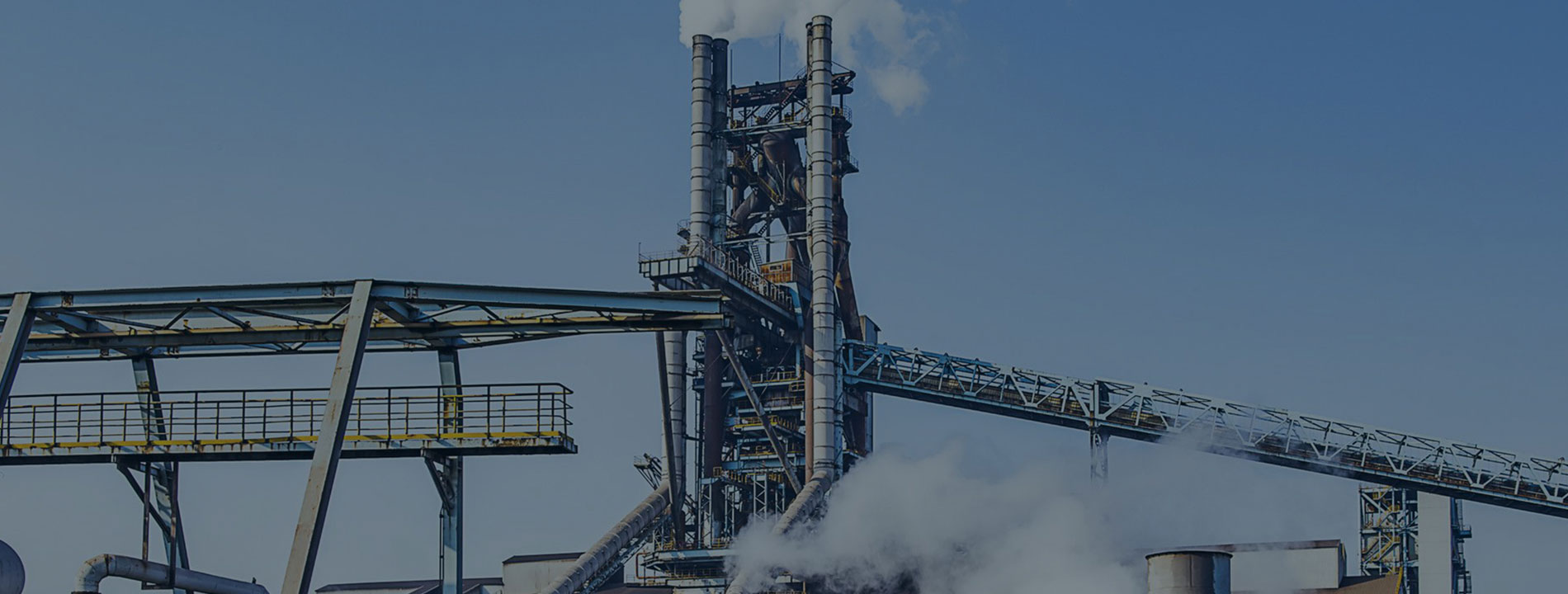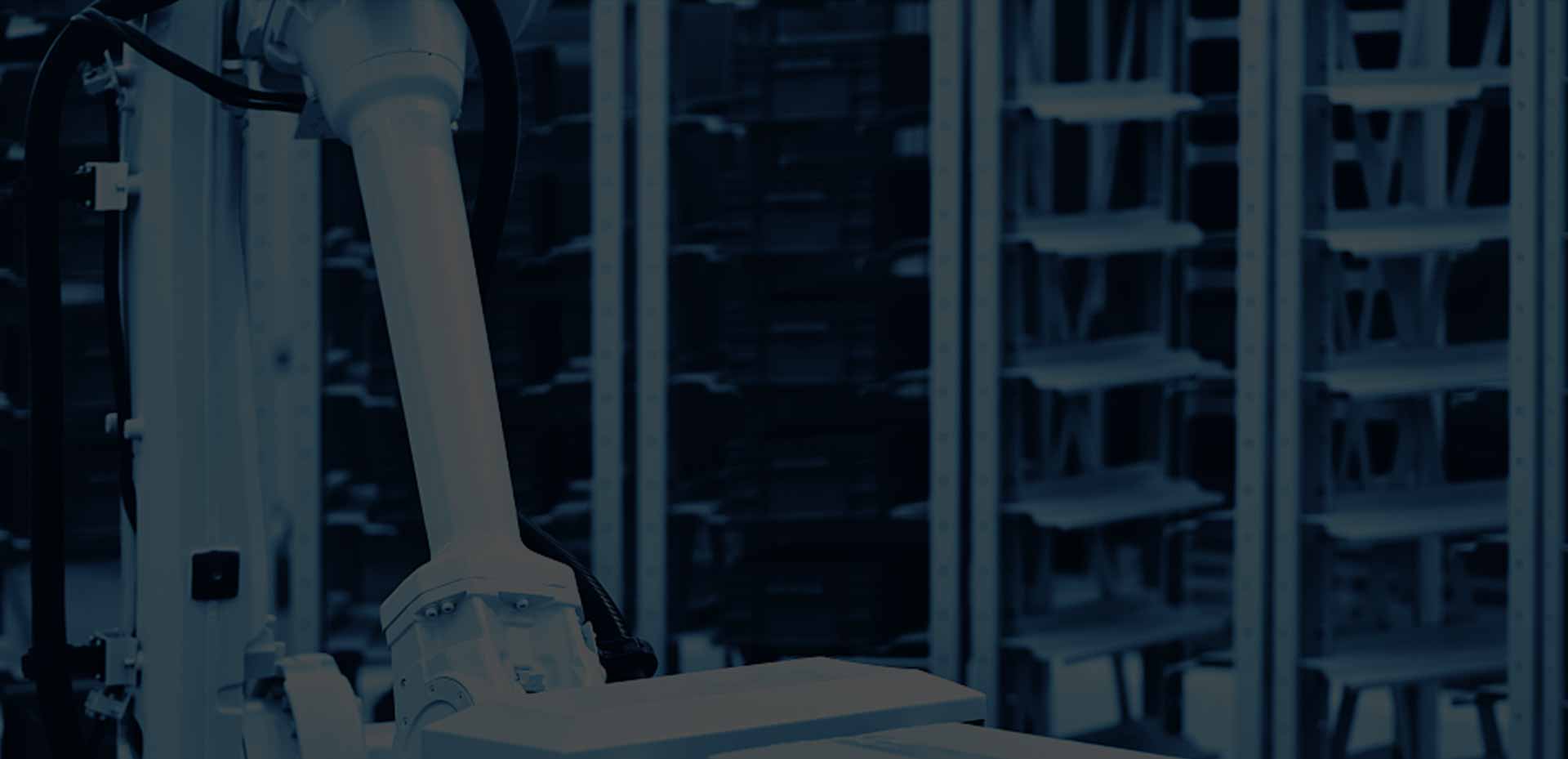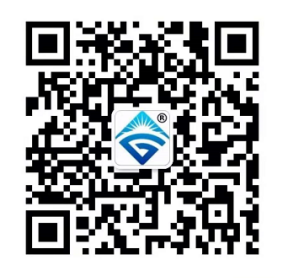

A load cell is actually a device that converts a mass signal into a measurable electrical signal output. When using the sensor, the actual working environment of the sensor should be considered first. This is very important for the correct selection of load cells. It is related to the normal operation of the sensor, its safety and service life, and the reliability and safety of the entire weighing instrument. The following is an introduction to the components of the load cell.
Directly feel the measured object (mass) and output other quantities of elements that have a certain relationship with the measured object. For example, the elastic body of a resistance strain load cell converts the mass of the measured object into deformation; the elastic body of a capacitive load cell converts the measured mass into displacement.
Also called a sensor element, it converts the output of the sensitive element into a signal that is easy to measure. For example, the resistance strain gauge (or called resistance strain gauge) of a resistance strain dynamometer converts the deformation of the elastic body into a change in resistance; the capacitor of a capacitive micro load cell converts the displacement of the elastic body into a change in capacitance. Sometimes some components function as both a sensitive component and a transforming component. Piezoelectric materials, such as voltage-type load cells, output current while deforming under the action of an external load.
The output of the transforming element is transformed into an electrical signal, which facilitates further transmission, processing, display, recording or control. Such as the bridge circuit in the resistance strain gauge weighing scale sensor, the charge preamplifier of the weighing scale sensor.
Provides energy for the electrical signal output of the sensor. Typically, micro load cells require an external power source to operate. Therefore, as a product, the power requirements must be indicated, but this is not an integral part of the load cell. Some sensors, such as magnetoelectric velocity sensors, can function without auxiliary power due to their large output energy. Therefore, not all load cells require auxiliary power.
To know more about our load cell sensor types, and buy load cells with high precision, good stability and easy installation from a China-based leading load cells supplier.

86-552-4923688
No. 118, Jiahe Road, High-Tech Zone, Bengbu, Anhui, China
 English
English 日本語
日本語 한국어
한국어 français
français Deutsch
Deutsch Español
Español italiano
italiano português
português العربية
العربية tiếng việt
tiếng việt ไทย
ไทย